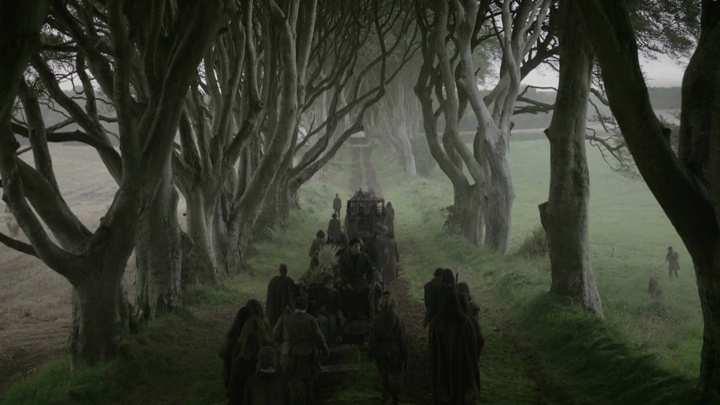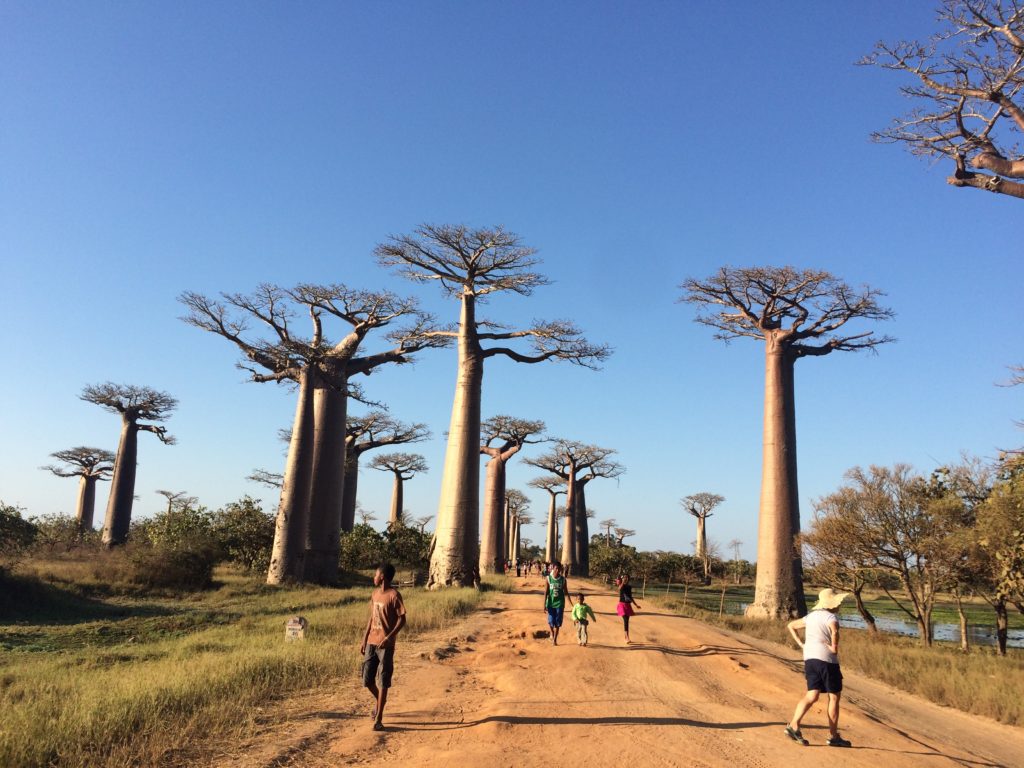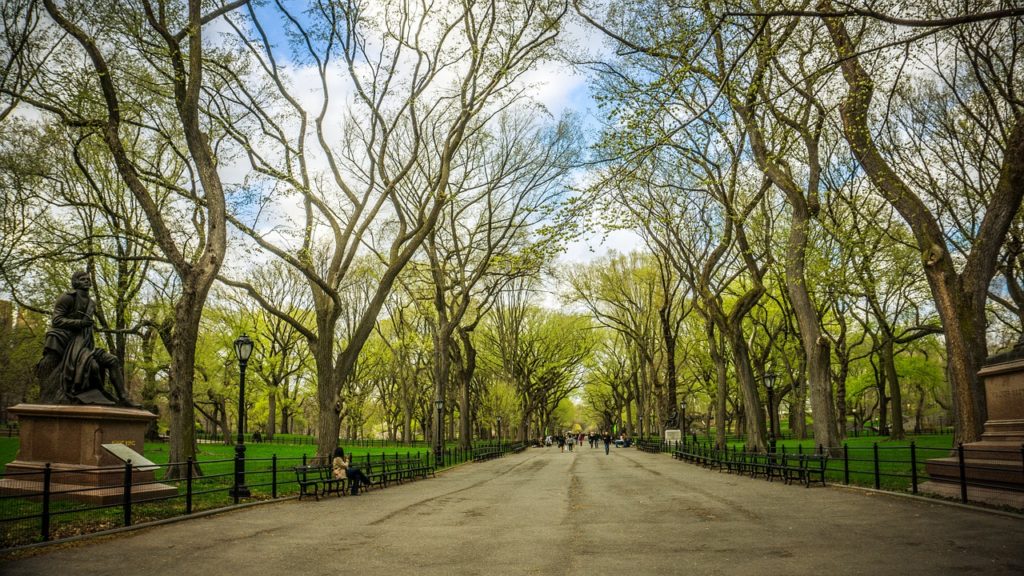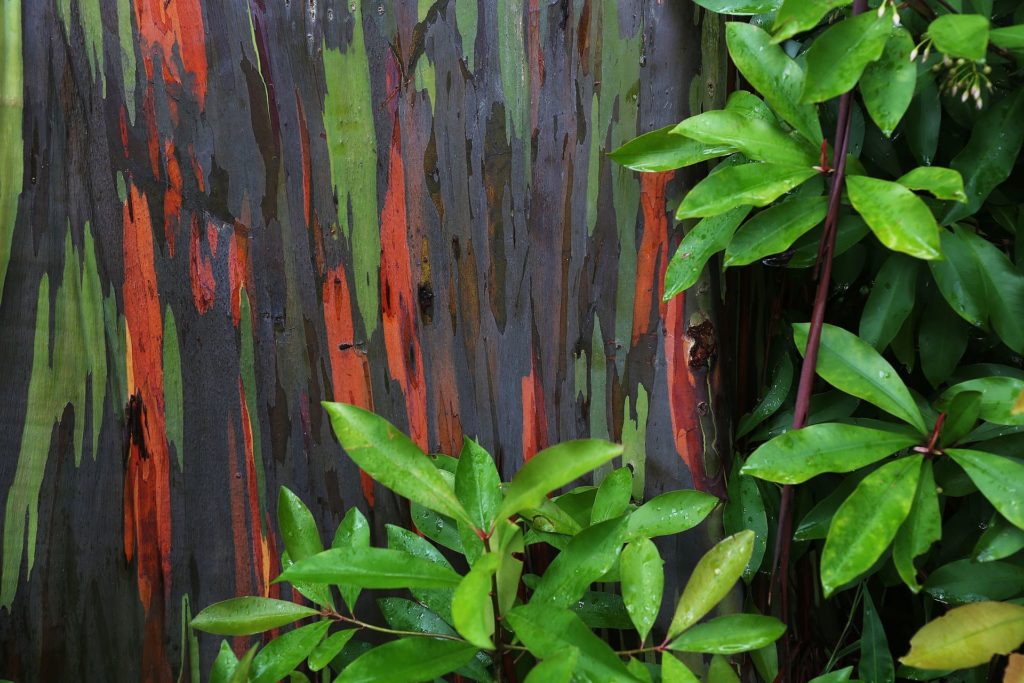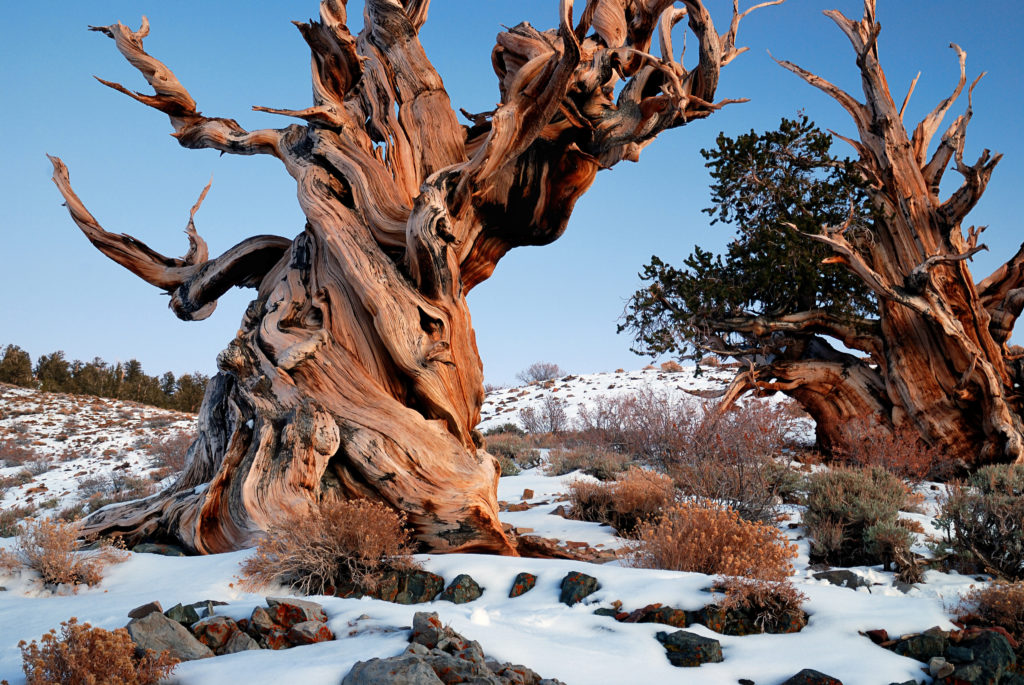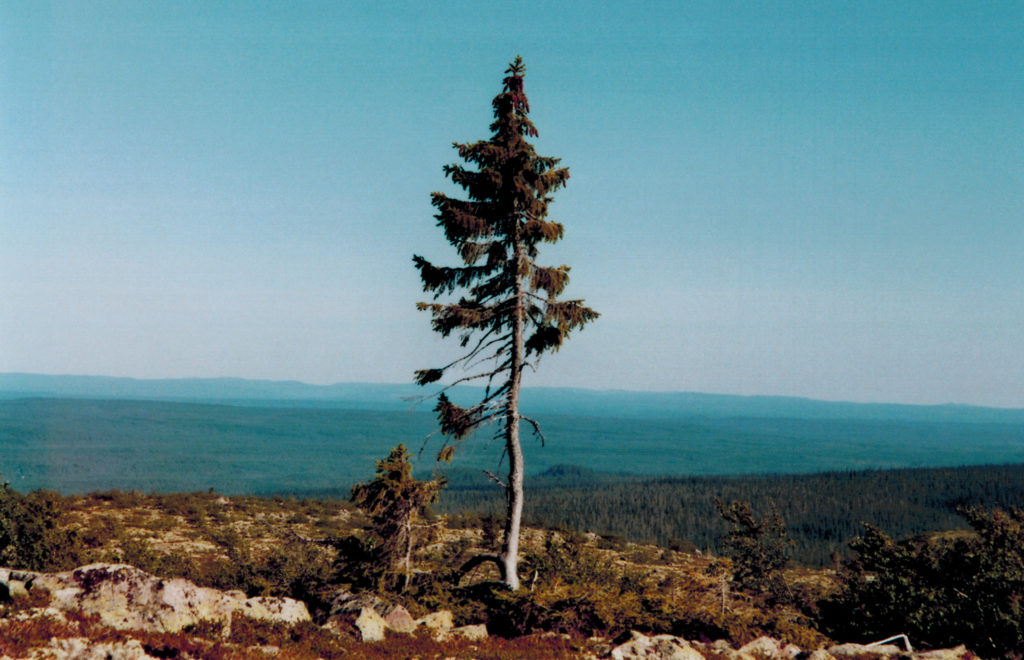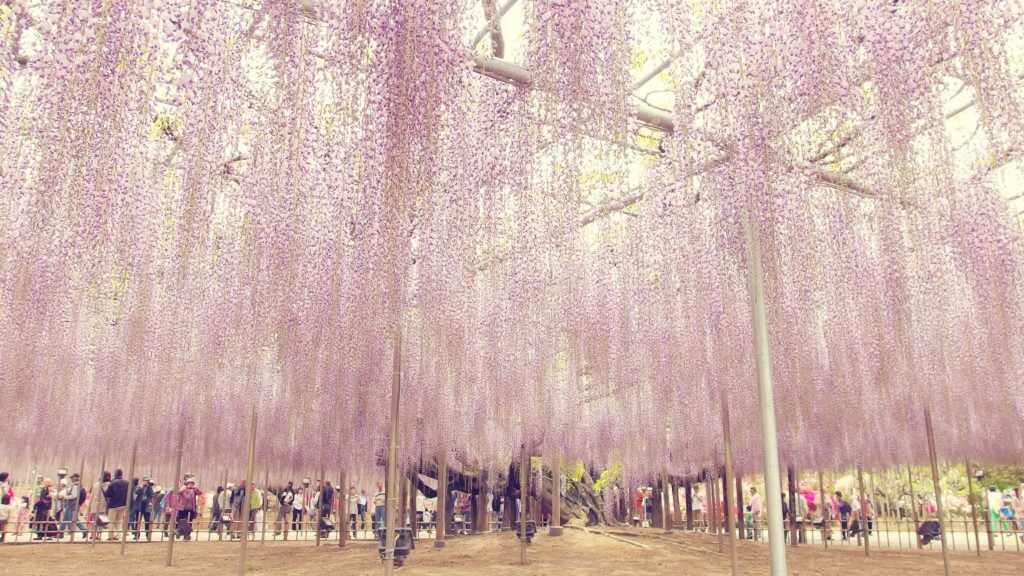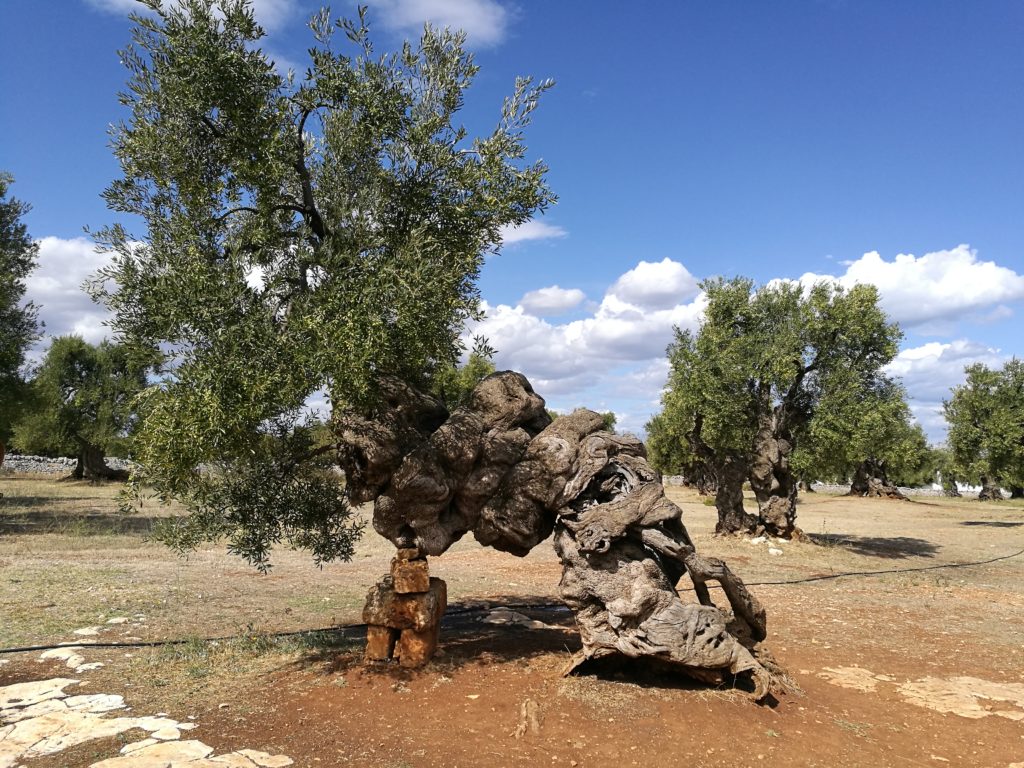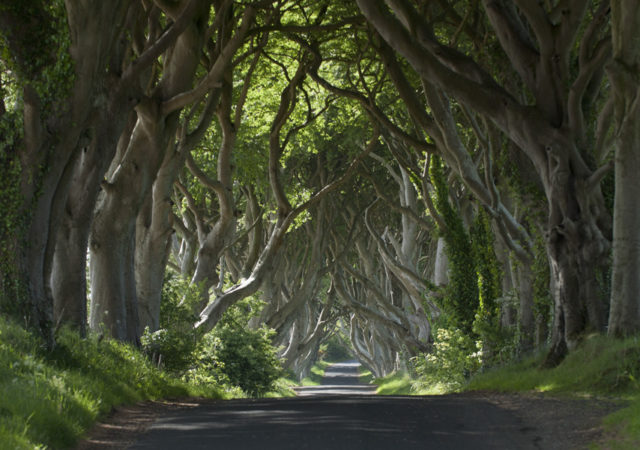
/ Nicole Zavagnin / to discover
The most beautiful trees in the world
November 21st is National Tree Day, a reminder that trees are not just common landscape elements, but incredible natural monuments deserving of admiration. While we may overlook them, remarkable trees around the world rival the beauty of the most famous man-made structures. Beyond our beloved lemon trees that grace the company terrace, we find stunning wisterias, majestic elms, and ancient baobabs, each unique in size, color, or bloom. In celebration of these extraordinary creations, we’ve compiled a list of the most beautiful trees on Earth, and we invite you to explore them further in “How to read a tree” by Tristan Gooley.
The Dark Hedges, Northern Ireland
Game of Thrones fans will instantly recognize this location, but the enchanting beauty of this tree-lined avenue in Northern Ireland captivates all who encounter it. Planted by the Stuart family in County Antrim in the 18th century, the beech trees intertwine and stretch across the road, creating a fairy-tale atmosphere that inspires wonder and imagination.
Baobab Alley, Madagascar
Baobabs are a magnificent sight on a trip to Madagascar, especially in Baobab Alley, where 25 of these extraordinary trees line 260 meters of road. At sunset, they become even more enchanting, their unique, stout shapes illuminated by the golden light. Some of these baobabs have withstood the test of time for 800 years, reaching heights of 30 meters and diameters of 8 meters. Imagine the wonder of surrounding one of these “mothers of the forest.”
The Elms of Central Park, New York
One of the most captivating areas in Central Park is The Mall and the Literary Walk, an enchanting avenue of majestic elm trees that pays tribute to some of the world’s greatest writers. These trees stand tall, framing the statues of Sir Walter Scott, the esteemed novelist of “Ivanhoe”; Robert Burns, the beloved author of “Auld Lang Syne”; the timeless William Shakespeare; and the adventurous spirit of Christopher Columbus, reminding us of the power of words and the journeys they inspire.
Rainbow Eucalyptus, Hawaii
In the Hawaiian rainforest, you don’t have to wait until the end of a downpour to see a rainbow. In fact, a certain type of eucalyptus grows here that can grow up to 70 meters tall and literally looks like it is covered in brush strokes. But the “painterly” effect is simply due to the peeling of the bark and the gradual drying of the trunk’s surface, which starts from deep green and turns blue, purple, orange, and finally brown.
World’s oldest tree, California and Sweden
Competing for the title of the world’s oldest tree are Methuselah and Old Tjikko.
Methuselah, rooted in a hidden location within the White Mountains of California, near the Nevada border, has persevered for an incredible 4,849 years, safeguarded from vandalism.
Yet, in a remarkable twist of fate, Old Tjikko has now taken the lead. This resilient spruce, at an astonishing 9,500 years old, was verified through carbon-14 testing. Though its slender form may defy its age, the visible trunk is just 600 years old, while its ancient roots tell a story that spans millennia. In trees, the trunk may fade, but life can emerge anew from the same roots, symbolizing hope and renewal against the test of time.
OFuji the Wisteria, Japan
Japan is known for its cherry trees, but its wisteria is also in full bloom. Ashikaga Flower Park, famous for its seasonal gardens, has many of them, with blossoms ranging from pale pink to purple, white, and yellow. Ofuji is one of the park’s celebrities: at 145 years old, this wisteria can cover an area equal to 300 tatami mats with its branches (ed. the dimensions of a tatami mat are 60×910×1820 mm). In the past, its flowering “clusters” have reached almost 2 meters in length. James Cameron, looking for inspiration for the Tree of Life in Avatar, found it among the branches of this immense tree.
The Thousand Year Old Olive Trees, Apulia
When you are in Puglia, you see olive trees everywhere, but you may not know that many of them were planted by the Romans and others from much earlier. How do you understand this? The Romans understood that in order for these trees to grow healthily, they had to make sure that each one received the same amount of water and sunshine: so they established the right distance between each plant and began to plant them in straight lines. Olive trees rotate and turn precisely with the rotation of the earth. Some have been basking in the Salento sun for 4,000 years – and who could blame them, given the beauty of this land!

